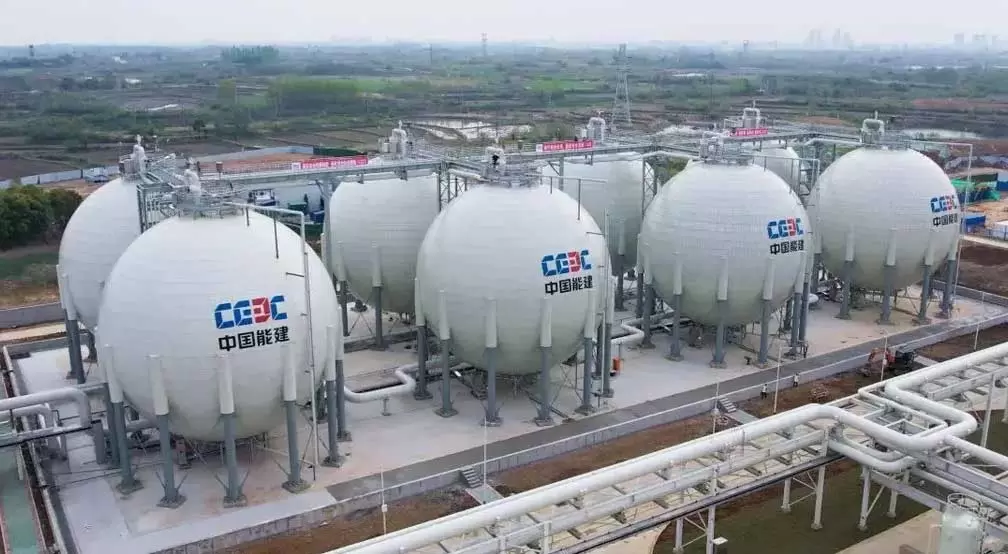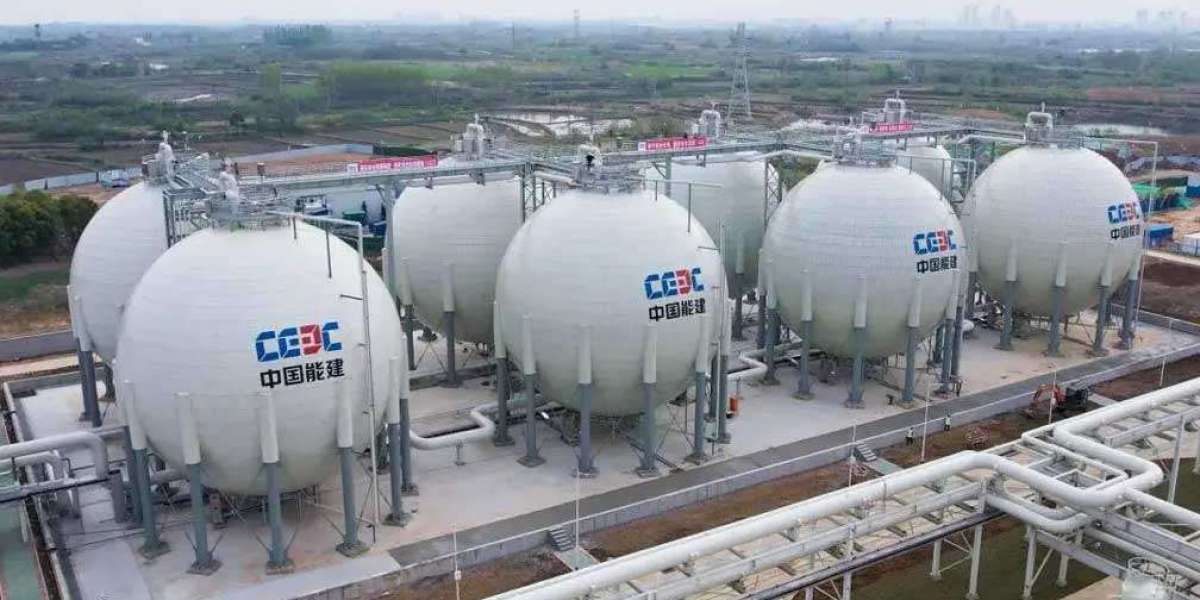The recent developments in China's energy sector signal a transformative shift towards renewable energy and advanced energy storage solutions. This year, it is anticipated that the installed capacity of new energy generation in China will surpass that of coal power for the first time. This transition presents significant challenges for the stability and safety of the power system, particularly regarding the integration of large-scale renewable energy sources. For companies like CAZN, which focus on innovative solutions in energy management and sustainability, there are vast opportunities to collaborate and contribute to this evolving landscape.

Launch of the World's Largest Compressed Air Energy Storage Base
On June 26, China Energy Construction Corporation (CEEC) hosted a significant event in Jinan, Shandong Province, marking the launch of the world's largest compressed air energy storage (CAES) facility. This project includes the unveiling of the 660 MW CAES system, which is poised to enhance China's capabilities in energy storage and management. The facility will utilize underground salt caverns to store compressed air, which can be converted back into electricity when needed, thus playing a crucial role in balancing supply and demand in an increasingly renewable-dominated grid.
Key Features of the CAES Project
- Capacity: The facility will have a total installed capacity of 3,060 MW, capable of generating approximately 40 billion kilowatt-hours annually—enough to power over 600,000 households.
- Innovative Technology: The project employs cutting-edge technology developed by CEEC, including air expansion and compression systems with efficiencies exceeding 90%.
- Investment: The total investment for this ambitious project exceeds 200 billion yuan (approximately $28 billion), showcasing a strong commitment to advancing energy storage technologies.
Strategic Importance and Future Outlook
The establishment of this storage base is not just a technical achievement; it represents a strategic move towards achieving China's dual carbon goals. The facility is designed to support the integration of high proportions of green electricity into the grid, thereby facilitating a more sustainable energy system. Furthermore, it serves as a model for future projects that aim to combine renewable energy generation with innovative storage solutions.
Collaborative Efforts: CEEC has partnered with several key players in the industry, including China National Petroleum Corporation and Shandong Guohui Group, to enhance collaborative efforts in developing this project. These partnerships underscore the importance of integrating resources across various sectors to achieve common goals in energy sustainability.
Conclusion
As China continues to lead in renewable energy deployment, projects like the CAES facility in Shandong are critical for addressing the challenges posed by intermittent energy sources. By investing in advanced storage technologies, China is not only enhancing its energy security but also paving the way for a greener future. This initiative aligns with CEEC's vision of fostering innovation and sustainable development within the energy sector.
Engaging with such transformative projects can amplify efforts towards achieving a low-carbon economy while ensuring reliable energy supply.








